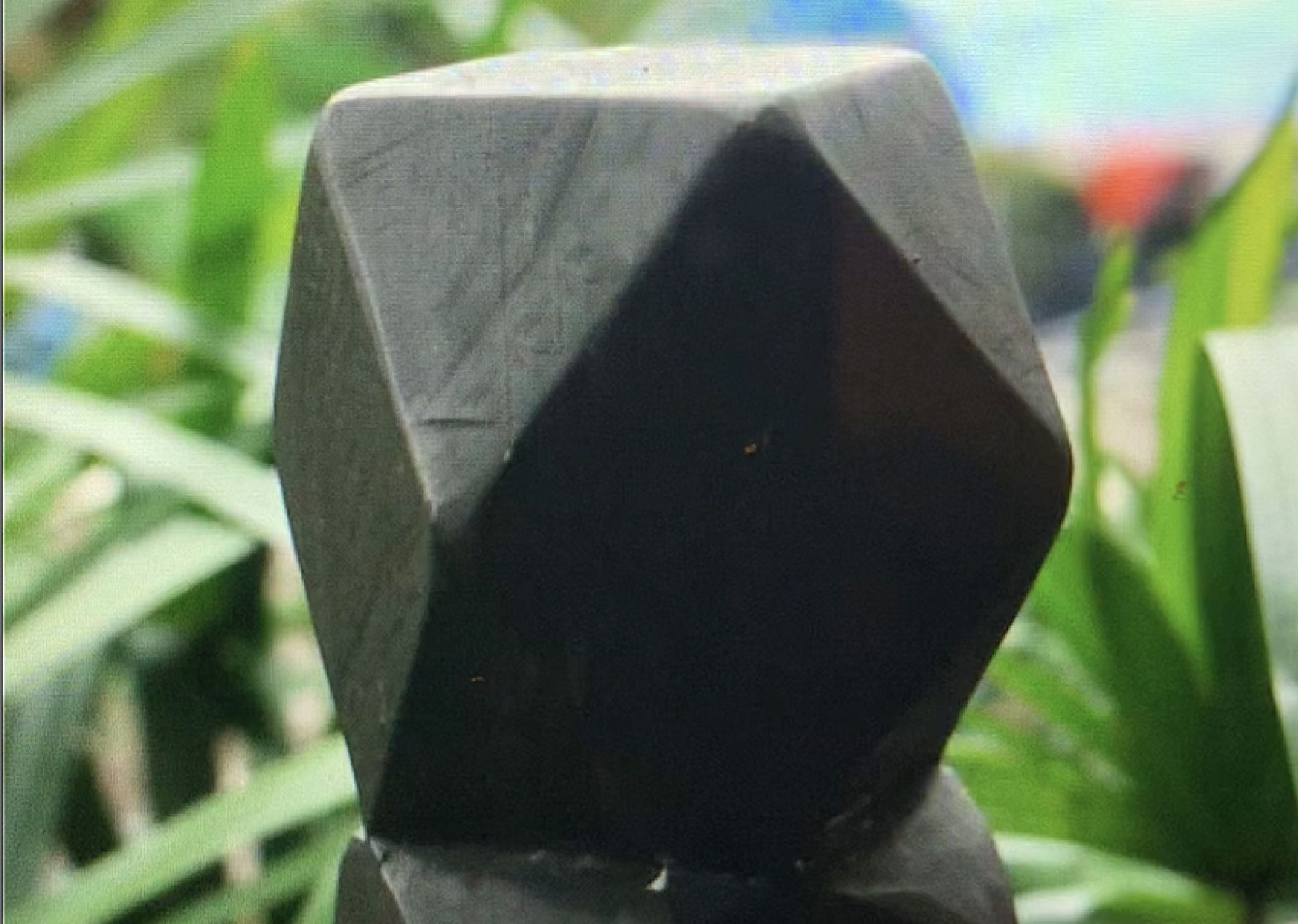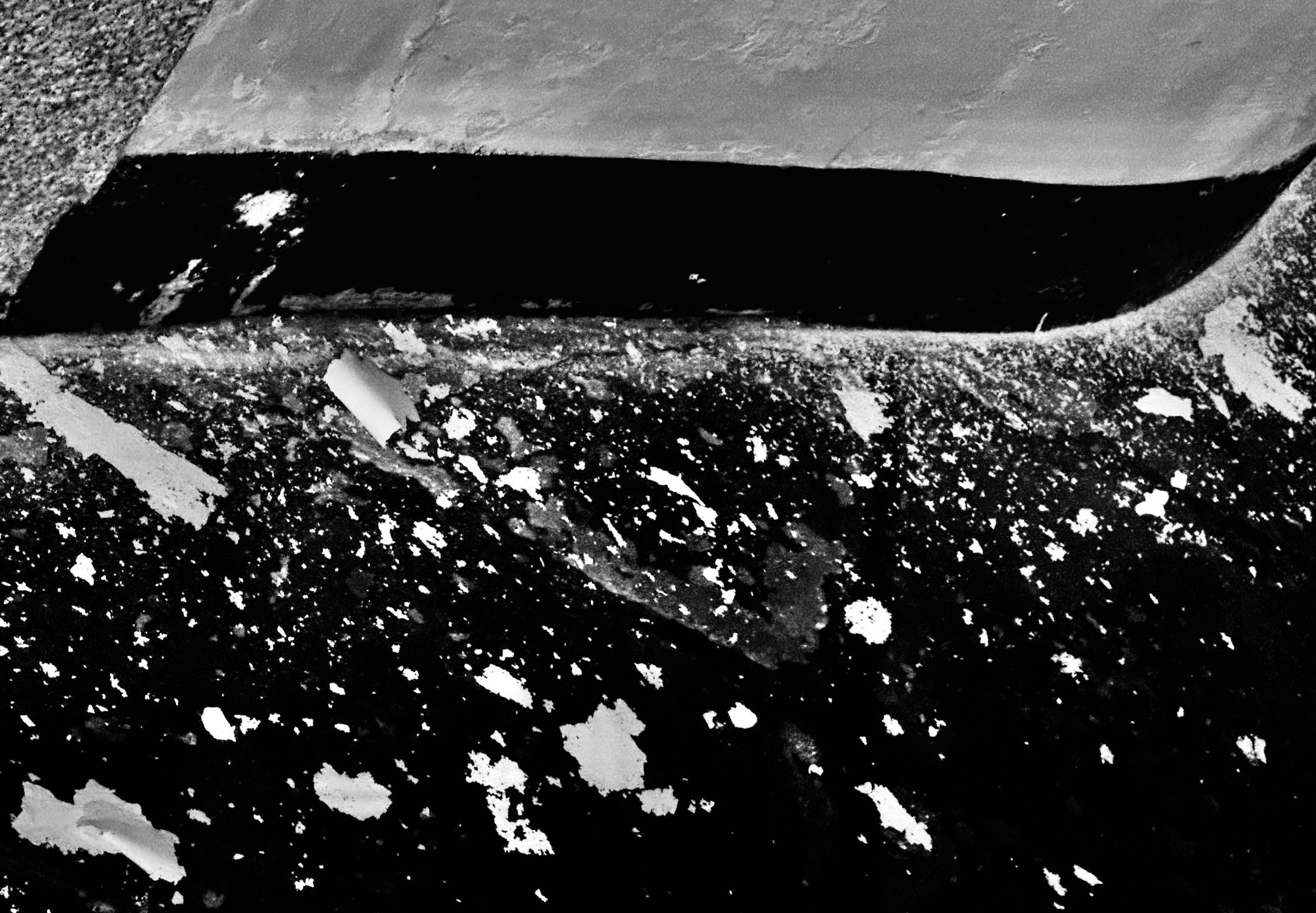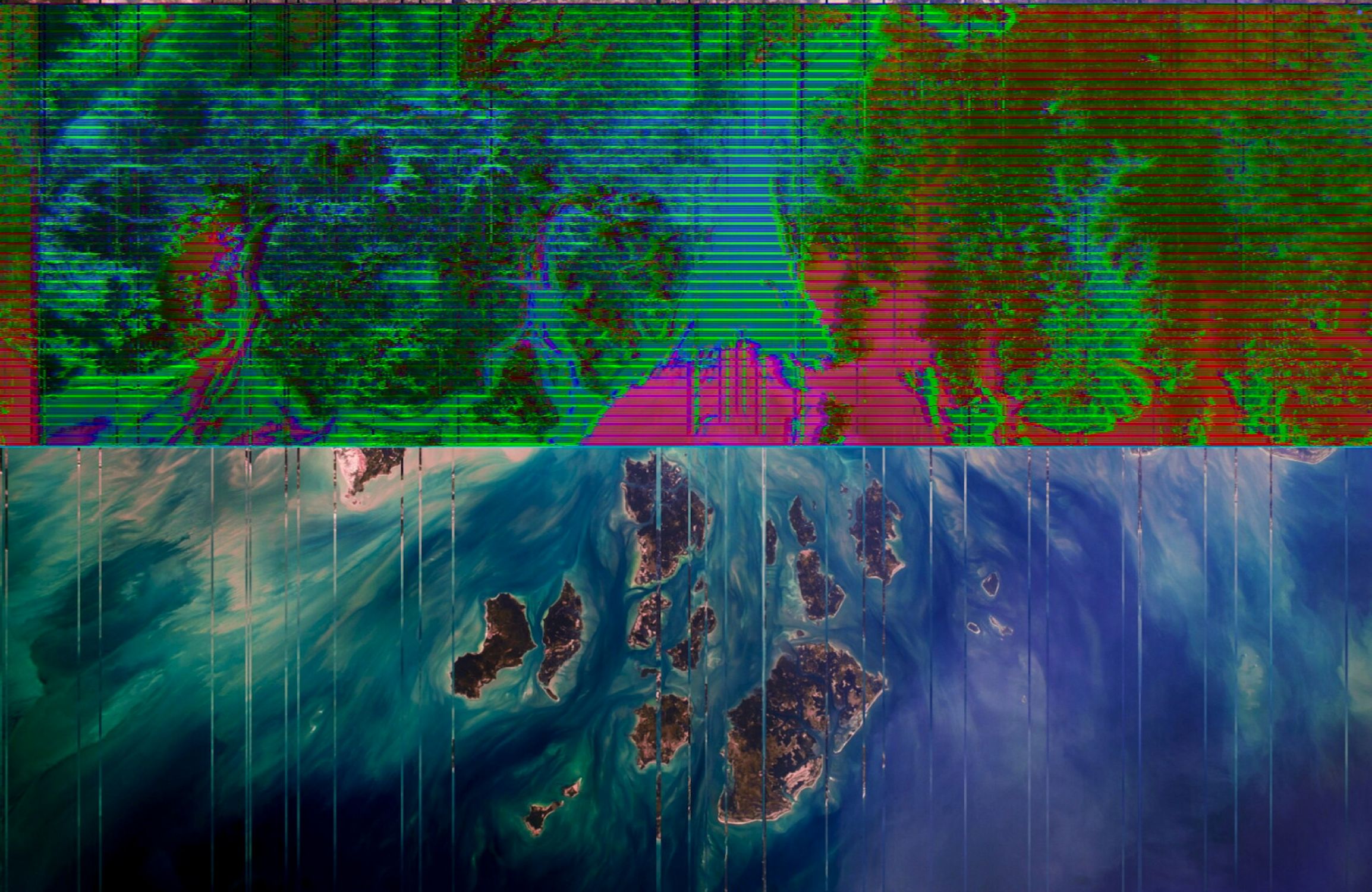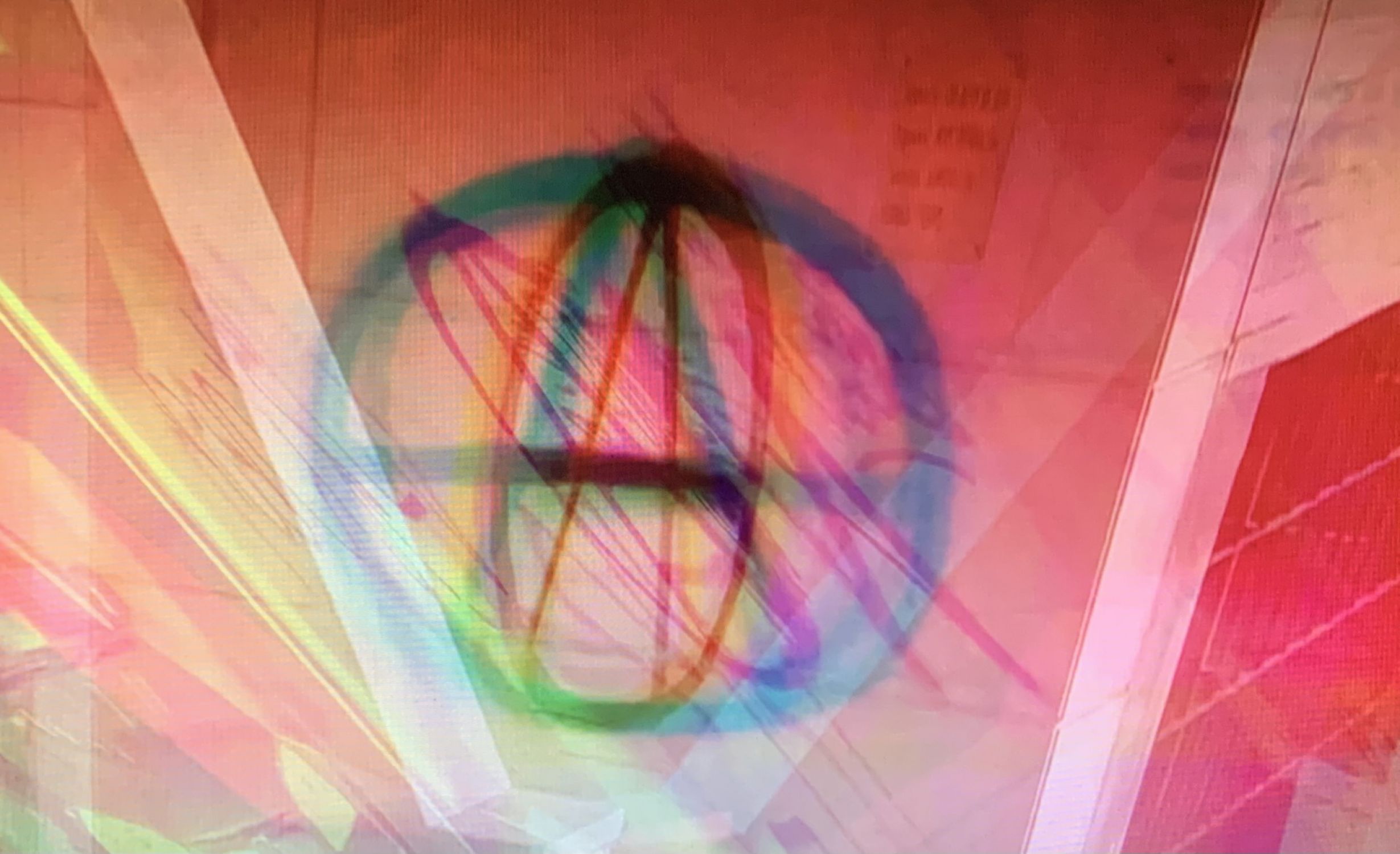Apolo Rising
João Fonte Santa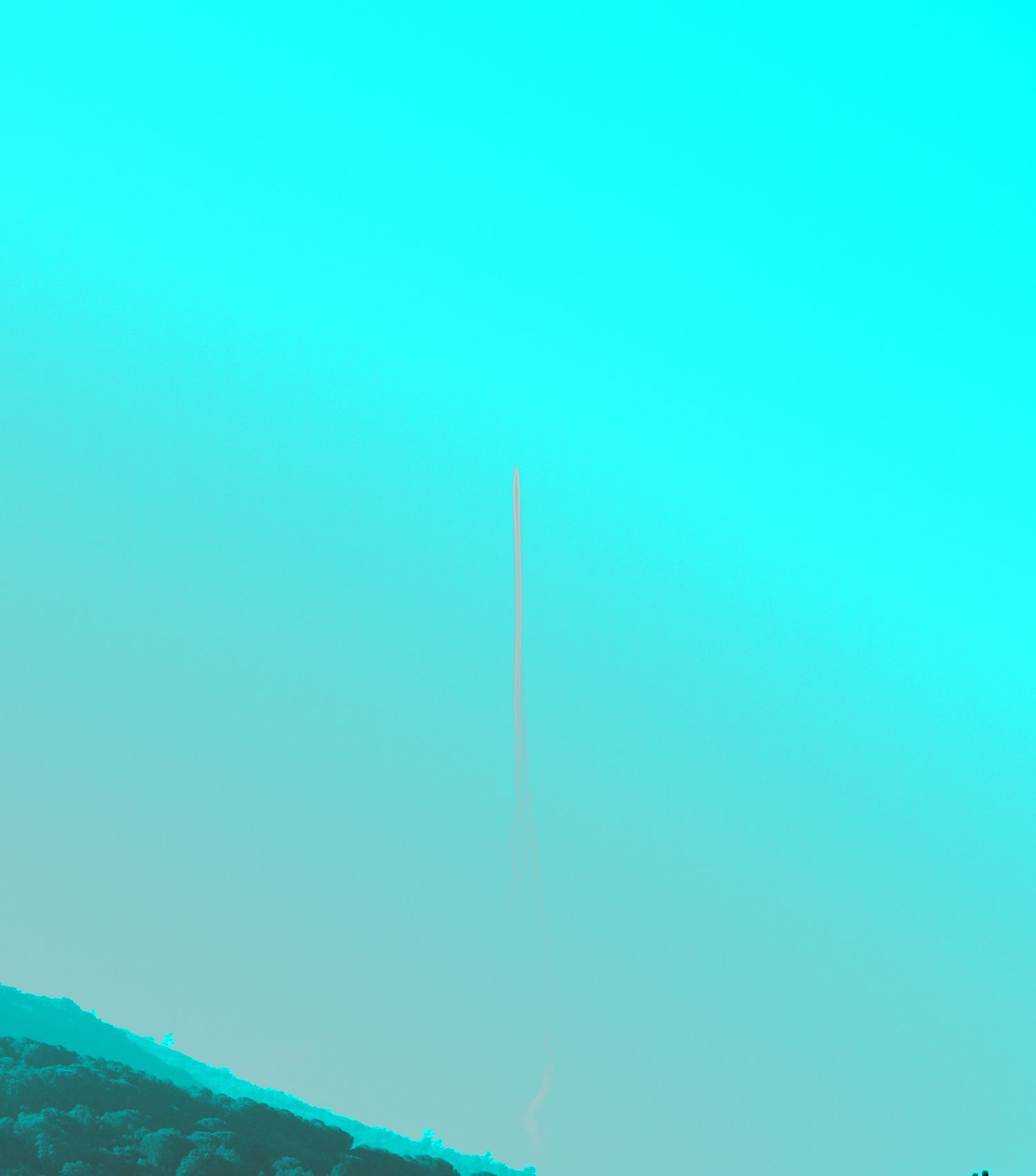
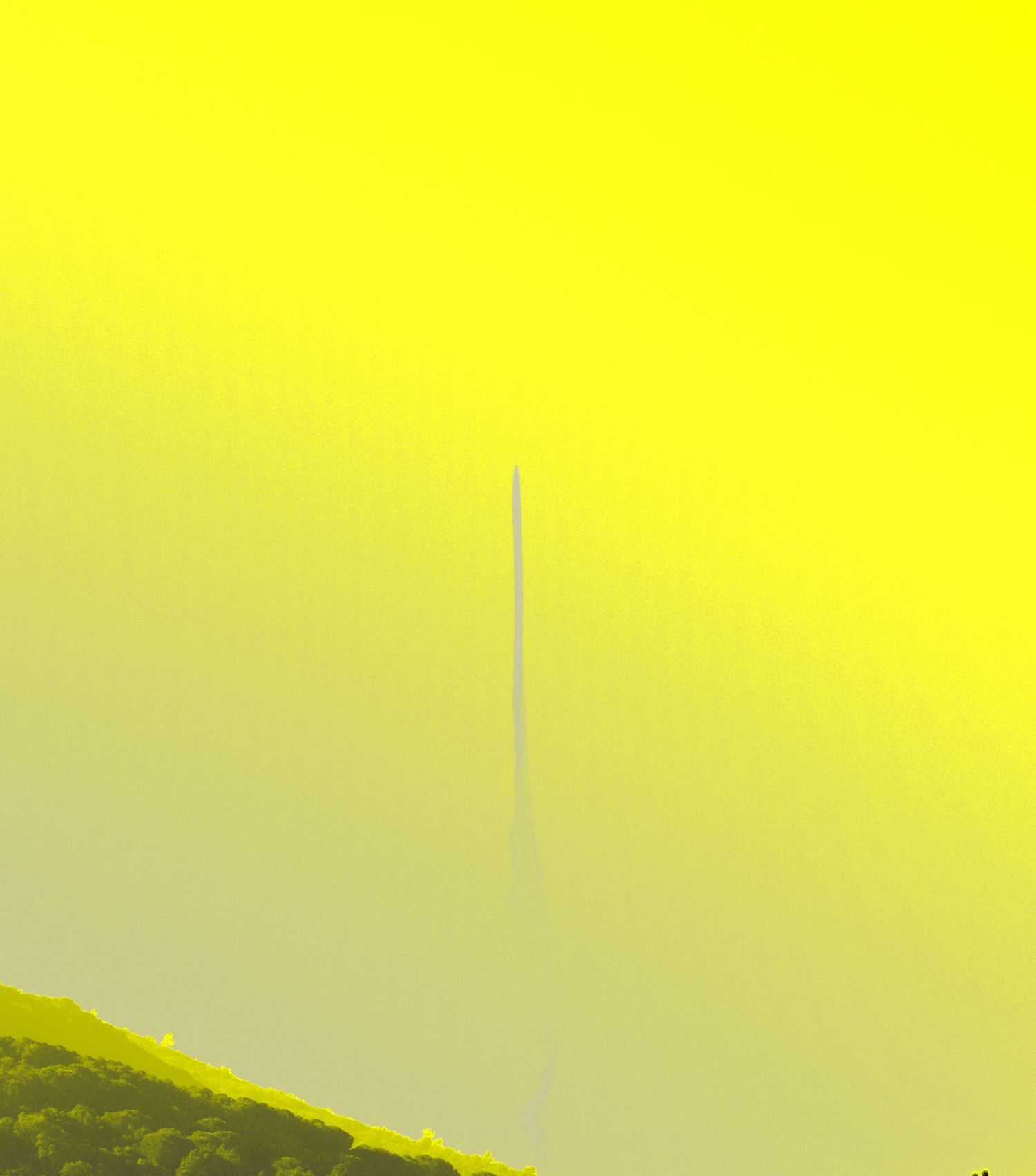
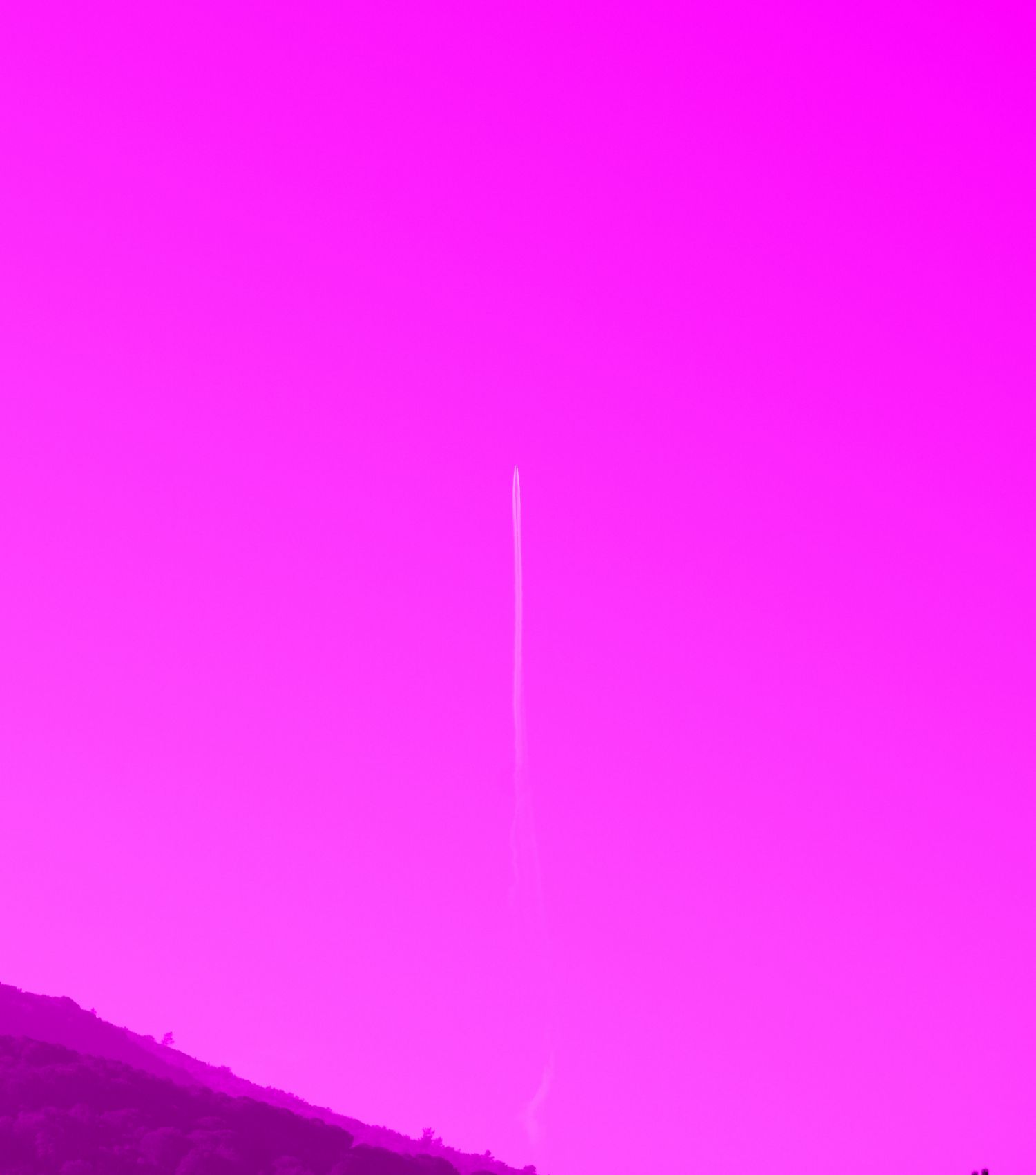
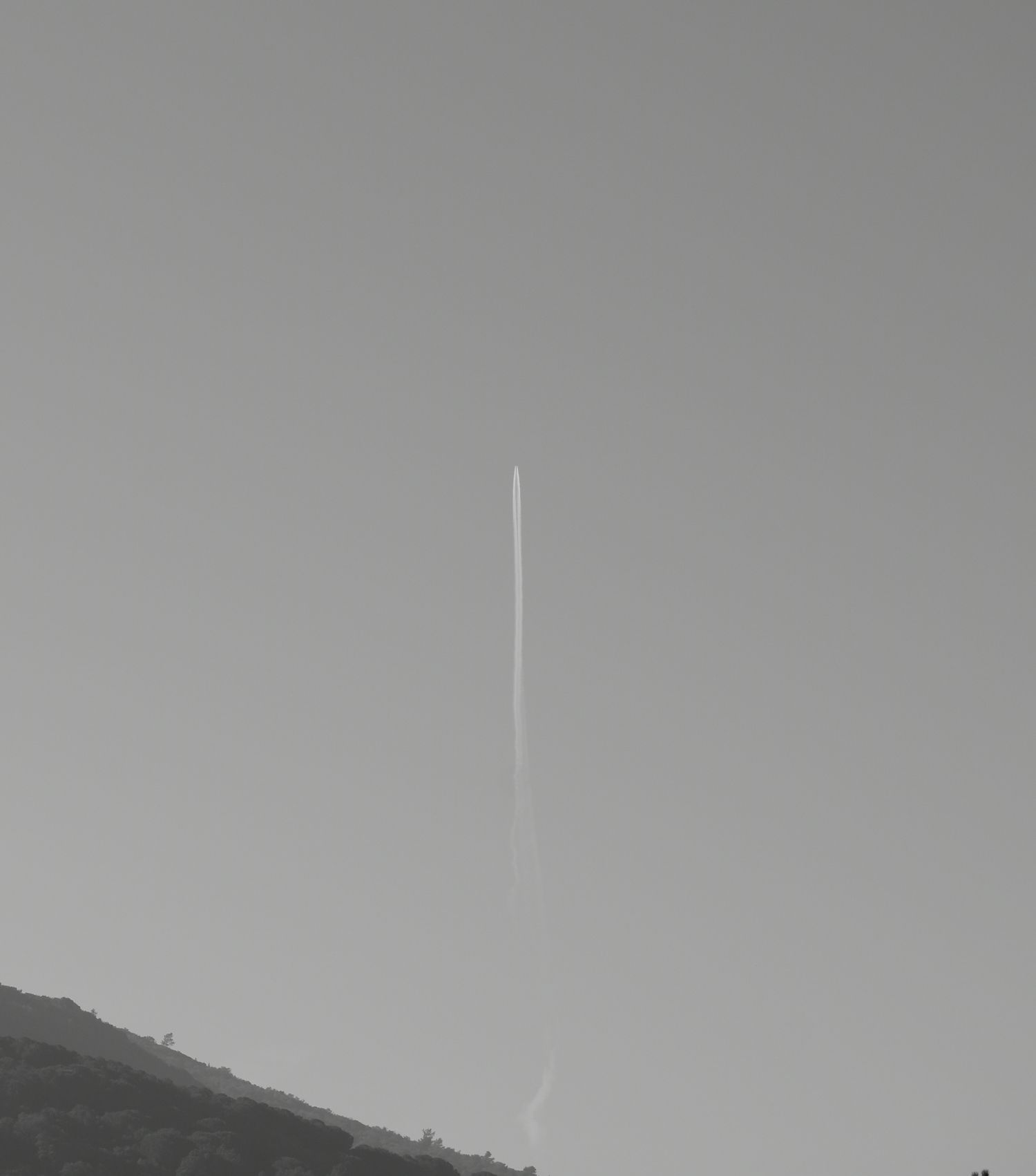
At the turn of the 1960s to the 1970s, Hunter S. Thompson was looking for what was left of the American dream in Las Vegas. The porn cinema of the country that, propelled by the erotic libertarianism of the time, was popularized in psychedelic orgasms. S. Thompson would find the wreckage of the dream in a tavern in the confines of a decaying suburb of the city, along the desert.
As early as 1968, Stanley Kubrik had finalized his space opera with another psychedelic explosion, this one, profoundly solitary, finding its doors of perception in the confines of the universe.
At the time, the rite of passage from baby to child of an entire Western generation took place in front of a television watching the small step for man, the giant leap for mankind. A generation that accompanied in each season the new launches of the great white phallus towards the sterile Moon that it intended, in a utopian manner, to fertilize.
Broadcast still in low-fi television, one would watch the magical low gravity jumps followed by the complex rescue process of decontamination of the survivors, mechanics facilitators of the operation, collected from the purity of the maternal uterus of the ocean where they landed.
The whole adventure was a gigantic symbol, the testosterone of a system in cold war like deep space, with an other, obscured behind an iron curtain, it was said. As symbolic as the desire and aspiration of a golden age, dreamt but lost between the jungle, the ghetto and the suburb. A suburb where, in the spring of 53, on a mescaline journey and unlike Kubrik’s hero, A. Huxley had already found the doors of perception in a shopping center as he leafed through a monograph of baroque paintings in a bookstore.
